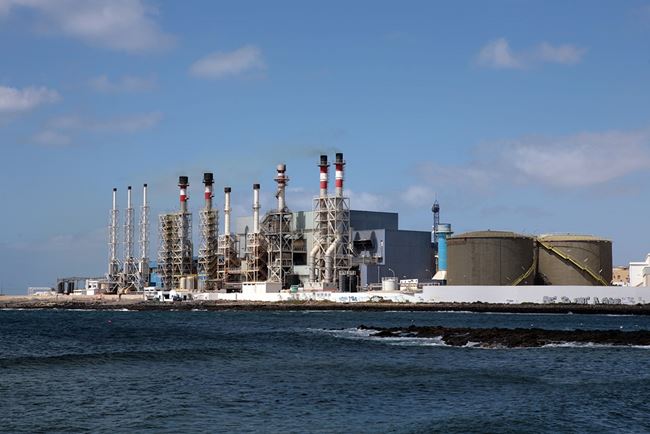Desalination: Quenching growing thirst around the world
With more than 20,000 plants now contracted around the world, desalination is enabling countries to provide water security for future generations amid growing climate concerns. By converting saline water, the process can offer freshwater in areas lacking natural groundwater, or surface water supplies. Together with water reuse, desalination can offer solutions to water scarcity and in some countries, provides over 90 per cent of total water supply. The rapidly growing advance in water reuse, particularly direct and indirect potable reuse of municipal wastewater, uses desalination membrane technology. What are the processes and technologies involved in desalination? What’s the difference between MED and MSF thermal treatment? What are the pros and cons of desalination?

What is desalination?
Desalination refers to a process that involves taking the salt out of water to make it drinkable. Desalination involves either treating sea or brackish water with the objective to create freshwater. In order to do this, desalination plants involve multiple technologies, from pre-treatment to pumps and membranes.
According to the new International Desalination Association (IDA) Water Security Handbook, the total global installed desalination capacity stands at 97.4 million cubic meters per day (m3/day) while the total global cumulative contracted capacity is 104.7 million m3/d.
Furthermore in this essential guide:
- What is desalination?
- What are the desalination processes?
- Desalination costs
- What are the world’s largest desalination plants?
- Pros and cons of desalination





